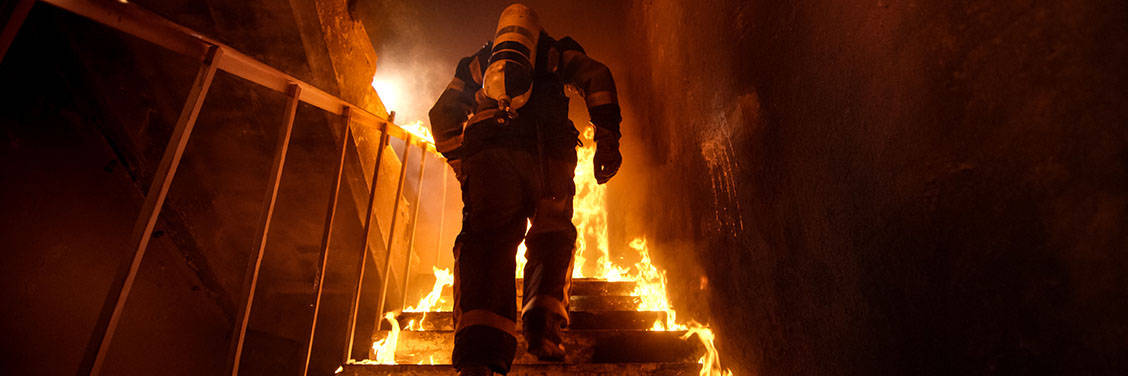For businesses to survive in an increasingly unpredictable world, they need to prepare for anything that might disrupt their services, whether that’s a cyber-attack such as ransomware, a global pandemic, or even a natural disaster. So, when it comes to the question of business continuity vs disaster recovery, there are similarities but also some key differences.
Business Continuity
Business continuity solutions ensure that organisations are able to deliver critical services to customers despite any interruptions to their normal operations. Interruptions could be caused by a variety of factors: natural disasters, human error, intentional sabotage, cyber-attack, or any other type of event that causes downtime or data loss.
Plans typically involve setting up redundant systems or processes. If something fails or becomes unavailable due to a disruptive event, the organisation can still operate within acceptable limits until normal operations are restored.
Disaster Recovery
Disaster recovery focuses on how a company will recover its IT systems after a disaster.
When it comes to natural disasters, in certain parts of the world, tornadoes and earthquakes may be a serious threat. In other locations, fire or flood may be the largest risk. Every organisation’s circumstances are different and this is what forms part of larger business continuity plans (BCPs) that every organisation should have in place.
Disaster recovery plans ensure sufficient data backup and recovery systems are available for business operations to resume at an acceptable level and as quickly as possible following a catastrophic event.
Similarities between business continuity and disaster recovery
- Both respond to events that disrupt normal business operations and ensure that services are resumed as quickly as possible.
- Creating plans for both business continuity and disaster recovery requires a risk assessment of IT infrastructure and all critical business functions. Both are also ongoing processes that require regular review and new threats adapt and evolve.
Differences between business continuity and disaster recovery
- Business continuity focuses on maintaining or restoring an organisation’s ability to conduct business during a disaster or disruptive event. Disaster recovery focuses on restoring critical IT systems and data after a catastrophic event.
- While continuity planning is focused on only one objective—preventing total failure or business shutdown—disaster recovery has two goals: minimising downtime and minimising potential data loss.
Taken together, business continuity and disaster recovery planning are all about ensuring that companies continue operating despite what gets thrown at them.
For more information on our cyber security offerings:
View More




